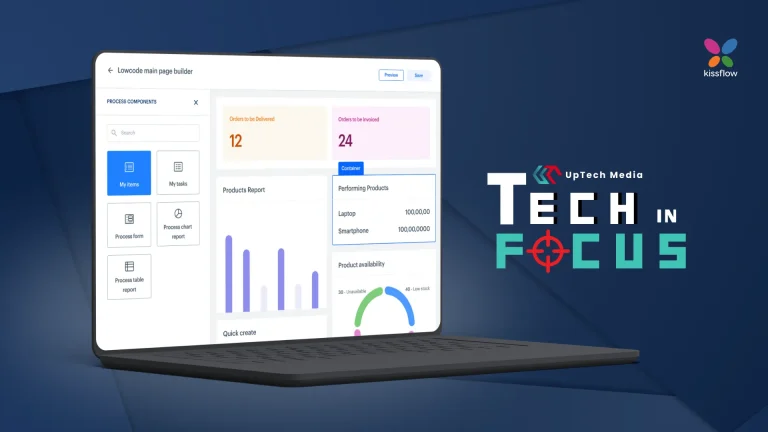Every company says their customers are top of mind, but how many actually understand them? Sure, enterprises can talk the talk but look at the countless viral threads online of less than satisfactory customer service interactions. These instances usually are not just a case of a single rogue service agent, but rather the result of systemic shortcomings. Often the trigger is the inability to understand the customer and respond in an empathetic way, tonally and in mood.
While businesses understand that customers are more demanding today, the challenge is accurate sentiment analysis. Conventional tools are evidently reaching the end of their shelf life, unable to overcome the biases and preconceptions that spring from lopsided reviews and feedback forms. These tools also lack nuance, their basic language comprehension capabilities failing to read between the lines of customer sentiment.
This being the case, organisations in the Asia Pacific will have to thoroughly study how to adequately upgrade their customer sentiment analysis processes. Especially since, as IDC predicts, chatbots powered by generative artificial intelligence will become more prominent in organisations overall customer service strategy. Indeed, as Forrester points out, despite the enthusiasm for AI, more than a third of leaders cannot map the operational drivers of customers’ expectations to their perceptions.
Responding aptly
Customer inquiries do not always need emotional analysis, but on the occasions that they do, it can make all the difference. Consider this; a customer purchases a bag from a retailer and wants to know the item’s tracking number. This, of course, is pretty straightforward. However, what if the customer asks about delays or perhaps even wants to cancel their order? Under those circumstances, a nuanced tone analysis makes all the difference between a good and negative interaction.
AI-driven chatbots that are equipped with intelligent messaging capabilities can do this. And this allows it to do more than just respond to customers based on tone, it can also offer discounts, arrange a repeat order, or initiate a refund. While traditionally this would have required human intervention, AI-driven chatbots that have intelligent messaging features can handle these customer queries by themselves. That frees human agents to focus on more complex issues. At the same time, it enables the business to overcome potential delays due to staff availability, which often makes matters worse when dealing with disgruntled customers.
Certainly, enterprises today face customer demands for 24/7 support, which cannot always be met by employee availability. And AI-powered chatbots who can understand nuance can provide effective answers immediately so that customers do not have to grapple with uncertainty over their orders.
Prioritising tickets based on customer sentiments
Based on the likelihood of escalation of customer issues, sentiment analysis enables support agents to prioritise those tickets that require timely resolution. This optimises resource allocation as it ensures urgent concerns are addressed promptly, which further improves support quality, leading to increased customer satisfaction levels.
Businesses can proactively reduce customer churn as agents will be able to garner insights directly within their inboxes, allowing them to filter and sort tickets by sentiment. This capability empowers agents to make informed decisions based on the current emotional state of customers.
For instance, Hong Kong-based Lalamove provides on-demand delivery services by connecting businesses in various industries with drivers through mobile and web apps, thereby driving growth in the e-commerce space. By switching to Freshsales and Freshdesk, Lalamove improved sales efficiency by 24%, increased customer engagement by 58% and built stronger relationships with thousands of customers and business partners. Freshsales offers greater insight into customer history, while Freshdesk helps Lalamove employees communicate with customers in all channels, continue to grow accounts, and support customers.
Unleashing discovery
That being said, sentiment analysis through AI chatbots also enables businesses to actively engage with customers, getting deeper into their needs, preferences, and pain points. These valuable insights into customer behaviour and brand performance will position the business to show customers that they truly care. After all, delight is in the details, and time and again even the smallest gesture of empathy and understanding has shown to cement loyalty.
AI chatbots that are able to undertake sentiment analysis can empower the implementation of this basic idea by harnessing existing data to optimise processes and create rich feedback loops. This can also facilitate upselling, as curious customers can be identified with the right level of sensitivity that avoid hard sells that come off as inappropriate.
E-commerce businesses can track customer sentiments via social media platforms like Twitter, and Facebook, as they can get insights into customer emotions as they are more expressive on their accounts. Tracking brand reviews is one of the metrics as these ratings and/ or recommendations can influence purchasing decisions. Not to forget about getting direct feedback on ways to improve from customers, which can be collected through surveys and support interactions. Monitoring these mediums helps businesses understand and respond effectively to customer opinions, enhancing overall customer experience and loyalty.
Winning with AI and people
At the end of the day, customers want options. Be it while shopping or when seeking out support. But whether customers are talking to a human agent or a chatbot, consistency is key. There is the worry that chatbots and human agents may not be on the same page. Centralising customer queries and order management into a single platform is a highly effective way to overcome this problem. That is exactly what renowned fashion brand, Styli, did; nearly halving the time it took to resolve customer queries across channels. 85% of Styli’s customer interactions occur on WhatsApp, thanks to its largely teen customer base that demands swift answers. Utilising the WhatsApp chatbot for Freshchat, they address 45% of incoming inquiries, freeing the team to focus on more complex issues.
Customer experience is not immune to the changes brought by AI. With customer expectations more demanding than ever, businesses must be able to respond or concede that their base will flock to competitors. By no means can AI replace the human touch, but there is no denying it can be a significant enabler for human agents, especially when it has intelligent messaging capabilities. Imagine a customer query first being directed to a chatbot.
If it cannot resolve the issue, the problem will get escalated to a customer service professional, naturally. But an AI-driven chatbot with sentiment analysis will also do this while giving human insights into the customer’s issue. By providing agents with a comprehensive report of customer sentiment before any messages are sent, chatbots can reduce friction before the conversation has even begun. That, then, leads to fewer situations where customers must repeat their grievances.
This will also validate response suggestions and sentiment analysis, meaning improvements to chatbots’ tone and responses too. Because these interactions can be tracked and analysed, businesses will gain insight into the pain points that can push customers away.
Ultimately, business customer service experience is not defined by whether things go wrong. Issues will inevitably come up, but it is how the organisation responds to these issues that will make a difference. To achieve this goal, enterprises can leverage human expertise and intelligent AI-powered chatbots to delight disgruntled customers and enhance their brand reputations.

This article is written by Sandie Overtveld, Senior Vice president, Asia-Pacific, Japan and Middle East and Africa at Freshworks
The insight is published as part of UPTECH MEDIA’s thought leadership piece, written within its repository of contributor articles. UPTECH MEDIA welcomes partner article contributions about the latest technology trends in the Asia-Pacific region. For inquiries and submissions, please send them to [email protected].












